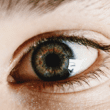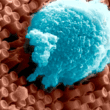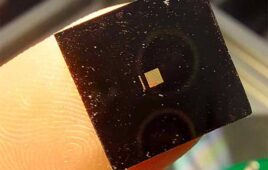
Retina organoids mimic the structure and function of the human retina to serve as a platform to study underlying causes of retinal diseases, test new drug therapies, and provide a source of cells for transplantation. [Image from NIH]
The National Eye Institute 3D Retina Organoid Challenge is designed to create lab-grown human retinas from stem cells that replicate the structure, organization and function of the human retina and the light-sensitive tissue located in the back of the eye.
New treatments for blindness couldn’t come soon enough. The NIH reports that 285 million people worldwide are visually impaired. Of that number, 39 million are blind.
Currently, studying retinal diseases that cause visual impairment are particularly difficult because of the lack of tissue models. The competition will hopefully create the mini-retinas to be a platform for studying causes of retinal diseases, testing new drug therapies and provide a source of cells for transplantation.
“Leveraging advances in bioengineering, stem cell technology, microfluidics, bioprinting and other fields will generate 3-D systems that help identify new treatments and could enable personalized therapies for patients,” NEI director Paul A. Sieving said in a press release.
Last September, the National Eye Institute awarded $90,000 in the Ideation phase to Erin Lavik at the University of Maryland for her screen printed retinal neurons in layers to replicate the human retina structure.
The NEI will award up to $100,000 in December to as many as six teams whose models meet the challenge requirements. Final submissions will be accepted in March 2020 and teams will have the chance to win $400,000 along with any remaining prize money.






